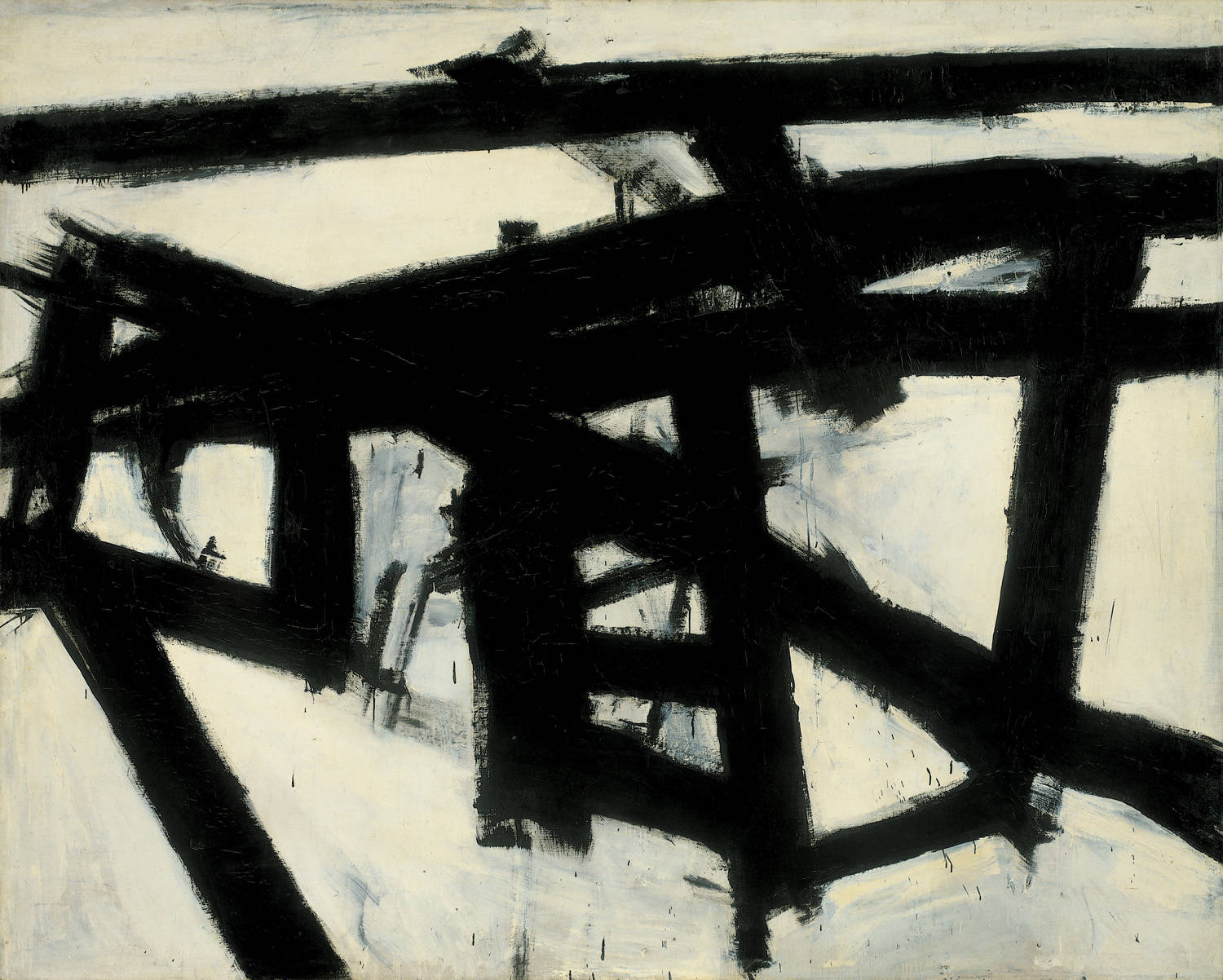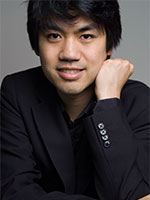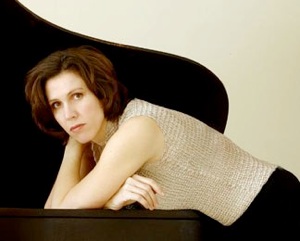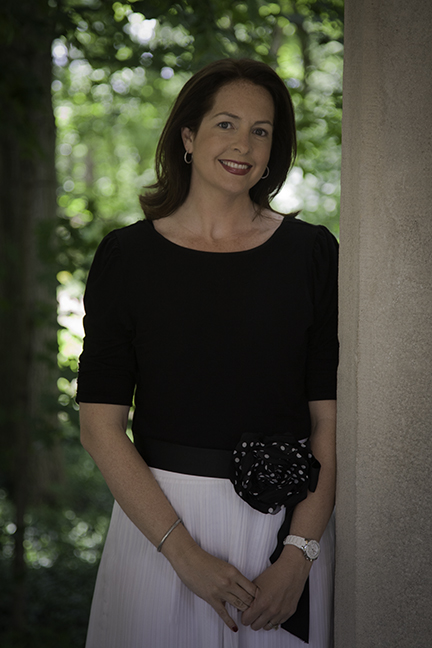Michael Feinstein's pantheon of American popular singers expands festively

We tend to think the best context for understanding cultural values is provided by the past. No doubt that lies behind Michael Feinstein 's efforts to memorialize extraordinary contributions to the American popular song with the Center for the Performing Arts' Songbook Hall of Fame. Nick Ziobro performs at Hall of Fame Induction With Feinstein as affable host, the Palladium on Saturday night celebrated the second annual induction of luminaries into his burgeoning pantheon of tuneful titans. Rita Moreno, Jimmy Webb and Liza Minnelli were on hand to accept their laurels, and Frank Sinatra was honored posthumously. At least one fan of my acquaintance yearned for a surprise appearance by Ol' Blue Eyes, but the event remained well on this side of the supernatural. Though the past sets up a reminder that good popular songs were built to last, substantial hope for the future is required to invest such a celebration with significance. That's where some of the entertain













